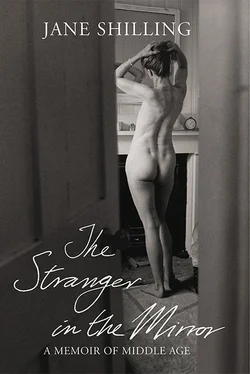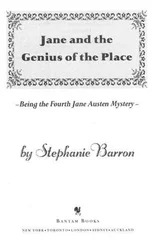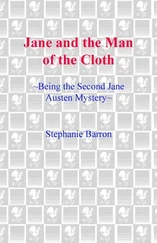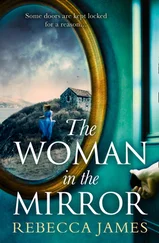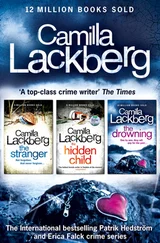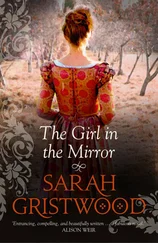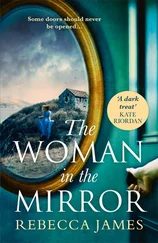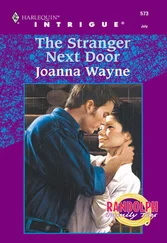It is easy to imagine what a delicious promise of liberation hormone replacement therapy must have seemed to women entering middle age in the Sixties, with the catchy jingle of ‘Hope I die before I get old’ ringing in their ears. The forty- and fiftysomethings offered the hope of perpetual youth must have felt they were helping to build a future in which their daughters’ experience of middle age would be scarcely different in quality from their carefree twenties and thirties.
It is disconcerting, now, to consider the gap between that ideal and the twenty-first-century reality, in which middle-aged women face a bleak choice between the strenuous, expensive, time-consuming, and possibly risky pursuit of synthetic youth, or a state of invisibility so powerful that it can cause female television presenters to vanish from the screen as though they had never existed, while their male colleagues accumulate gravitas with every passing year and are even permitted, as an extra privilege of age, a certain playfulness; the licence to explore soft subjects – late fatherhood, say, or their hobbies – which they would have scorned when younger as women’s-page stuff.
The medicalisation of childbirth eventually engendered a counter-movement whose enthusiasts argued the case for the inherent good health of the female body and its reproductive functions, and sought to restore to the narratives of pregnancy and childbirth the mystical element of which they felt the clinical approach had stripped them.
There are writers, including Germaine Greer and Ann Oakley, who argue passionately in favour of a holistic approach to the physical and psychological phenomenon of the climacteric, and there is a thriving industry in ‘natural’ remedies for menopausal symptoms. But the project of reclaiming the menopause from its dire clinical description as a female epidemic has not yet gathered the fashionable momentum that eventually made natural child birth a mainstream, rather than an alternative, choice. If anything, the current of fashion still runs the other way.
‘We’ll have to decide,’ wrote Jenni Murray in the introduction to her menopause guide, Is It Me, Or Is It Hot In Here? , ‘whether we want to go along with science that seeks to keep us young and nubile, either through pills and potions or the surgeon’s knife, whether we want to grow old disgracefully with a hairdresser with a great line in hair dye as our constant companion, or whether we’ll be graceful and grey in the distinguished manner so far only open to the male of the species.’
Why Murray believed it the prerogative of men to be ‘graceful and grey in the distinguished manner’, she did not say, but it is a common conviction. In an episode of the television makeover programme, Trinny and Susannah Undress the Nation , devoted to older women, the presenter Susannah Constantine, who was then 45, underwent a transformation with make-up and prostheses into an imaginary version of her 70-year-self.
Having spent many hours having twenty-five years added to her age (the viewers were not told how much time she habitually spent applying make-up in order to make herself look twenty-five years or so younger than her real age, though the comparison might have been interesting), Constantine opened her eyes in front of a full-length mirror and burst into tears at the sight of herself dressed in dowdy, ill-fitting clothes, her shirt buttons and skirt waistband straining over pendulous prosthetic breasts and swollen belly, thin, grey hair straggling about her shoulders, her face pouched and deeply wrinkled.
‘There is no way I’m going to look like this when I’m 70,’ she wept to her co-presenter. ‘I will not dress like this and I will not allow my face to become like this.’
It was a transformation as lurid and fanciful as Colette’s incarceration of Léa de Lonval in sexless slabs of fat. But it was never explained why (or at what point in the coming quarter-century) Constantine thought she might undergo the dismal transformation from someone who cared what she looked like, to someone who didn’t.
One reason for engaging in such grotesque reverie is as a way of testing what the future might hold; of imagining a dismal destiny as a kind of charm against its coming true. Just as many adolescents engage in Gothic daydreams about living fast and dying young, the middle-aged flirt tremulously with the spectral versions of themselves when withered by the frost of old age.
In Break of Day , her autobiographical novel of middle age, Colette conjured a disturbing vision of an old age in which flesh was already halfway to rejoining the earth from which, dust to dust, it sprang: ‘The only old people I can tolerate are bent over towards the earth, cracked and fissured like chalky soil, their hands gnarled as old branches, their hair wild as birds’ nests,’ she states, and she describes a Provençal woman of 72 who fits this farouche description.
On her way back from working among the vines and vegetables on her smallholding, the old peasant pauses to caress a flower-bud with a finger like a dry twig, crooning, ‘Isn’t it pretty?’ With her arms full of green peppers and onions, an egg cradled in her wrinkled palm, she looks the very embodiment of productive old age. But if the life force still flickers within her, so too does a deadly urge to destroy: she crushes shrews on the path, squashes dragonflies against the windowpane, snuffs the life out of newborn kittens as casually as if she were shelling peas.
When it came to her own ageing, Colette took energetic steps to avoid resembling the mineralised peasant whose version of old age was the only one that her fictional alter ego claimed to find tolerable. At the age of 48 she underwent what her biographer describes as the ‘brutal and rather crude operation that a face-lift was in the early 1920s’. A decade later, she set up an institute of beauty, opening shops in Paris, St-Tropez and Nantes selling beauty products and cosmetics of her own devising.
‘I find the women beautiful as they emerge from beneath my writer’s fingers,’ she wrote. But in practice her writer’s fingers were less assured with the make-up brush than the pen – at least when the face they were working on was that of a young woman. The formidable American Sapphist, Natalie Barney, observed that Colette plastered her own daughter with make-up until the girl resembled a streetwalker, and Martha Gellhorn left a devastating account of being made over by Colette. Gellhorn’s lover at the time was Colette’s stepson, Bertrand de Jouvenal, whom the novelist had seduced when she was 47 and he a 16-year-old virgin.
Colette persuaded Gellhorn to pencil her blonde eyebrows with black crayon ‘so that the lines almost met in the middle… And it was three days before some kind, candid friend said to me, “My dear, what dreadful thing have you done to your face?” She [Colette] was jealous of me…’
Certainly if one were to harbour in middle age a jealous wish to spoil the looks of younger, prettier women, the beautiful faces of one’s daughter and the girlfriend of one’s stepson and former lover might be high on the list of candidates. The envious despair of ageing women whose fading looks are eclipsed by those of younger, more beautiful rivals is richly recorded in myth and story.
But now the revulsion seems to flow in the opposite direction, from the beautiful young towards the less beautiful old. Often it assumes the form of a quasi-filial contempt: the impatience and faint disgust that young women feel for the mothers whose sexual competitors they have become. But the sexual rivalry masks something else as well: an unacknowledged sense of dread at the fate that lies in store.
‘As I am, so shall you be’ run the inscriptions on old tombstones, above the carved image of a grinning skeleton, jovially reminding the passer-by of the common fate of man (and woman). Now that death is tidied away, its dreadful shape removed from common view, our first and only direct encounter with last things – apart from the odd goldfish or childhood hamster – is quite likely to be the moment of our own death.
Читать дальше
